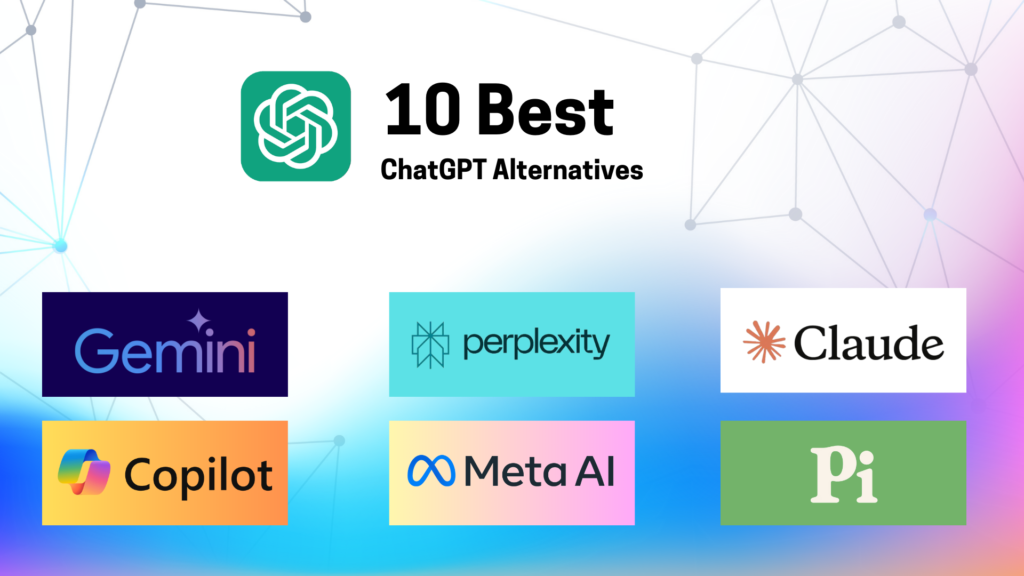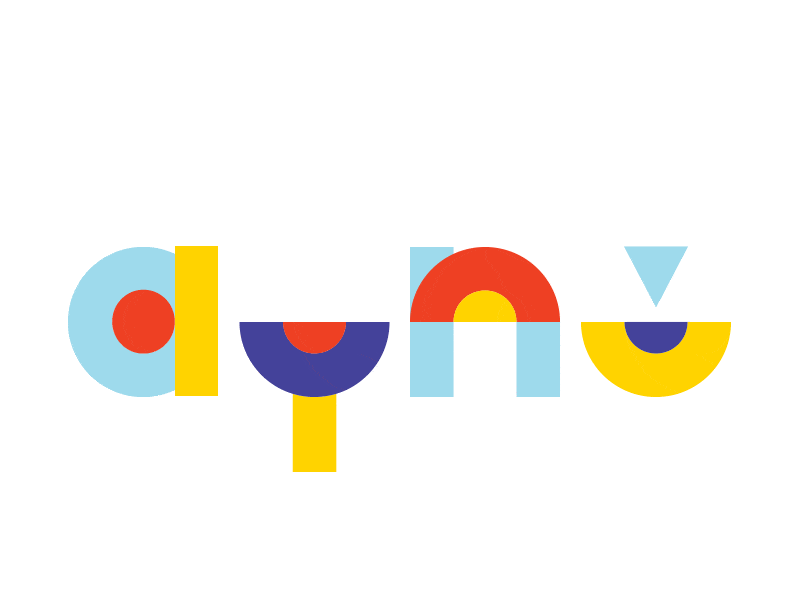The Ultimate Guide to Working with SEO Experts in Surat: Costs, Services & Results
The digital landscape in Surat has evolved dramatically, making the role of an SEO expert more crucial than ever for business success. Whether you’re managing a thriving textile business in Ring Road, running an emerging startup in GIDC, or operating a diamond firm in Varachha, finding the right SEO expert in Surat can significantly impact your online visibility and business growth. Recent data from the Surat Digital Commerce Association shows that businesses working with local SEO experts have seen an average 45% increase in organic traffic and a 30% boost in qualified leads. However, choosing the right SEO professional requires understanding the local market dynamics, service offerings, and expected outcomes. In this comprehensive guide, we’ll explore everything you need to know about working with SEO experts in Surat. From understanding current market rates to identifying essential services and measuring success metrics, we’ll help you make an informed decision for your business’s digital growth. What makes Surat’s digital ecosystem unique is its blend of traditional business values and modern digital marketing approaches. Local SEO experts understand the nuances of reaching both the tech-savvy youth in areas like Vesu and Adajan, as well as traditional business communities in older city parts. Key areas we’ll cover: Whether you’re just starting your digital journey or looking to switch to a more effective SEO strategy, this guide will serve as your roadmap to finding and working with the right SEO expert in Surat. Understanding SEO Services in Surat’s Digital Landscape Surat’s digital landscape has undergone a remarkable transformation, particularly in the post-pandemic era. As Gujarat’s economic powerhouse and India’s diamond hub, the city’s businesses are increasingly recognizing the vital role of SEO in capturing the growing online market. Current Digital Marketing Trends in Surat According to the Gujarat Digital Commerce Report 2024, Surat has seen a 156% increase in businesses adopting digital marketing strategies, with SEO being the primary focus for 67% of these companies. This surge is particularly evident in key business districts like Ring Road, Vesu, and Adajan, where competition for online visibility is intensifying. Key sectors driving SEO adoption in Surat include: What makes Surat’s digital ecosystem unique is its multilingual customer base. Local SEO experts must optimize content for both Gujarati and English searches, understanding that 72% of Surat’s consumers prefer searching in their native language for local services. The city’s SEO landscape is characterized by: Why Local SEO Expertise Matters for Surat Businesses Recent data from the Surat Chamber of Commerce indicates that businesses working with local SEO experts see better results compared to those working with agencies from other cities, primarily due to their understanding of: This evolving digital landscape requires SEO experts in Surat to constantly adapt their strategies while maintaining a strong focus on local market nuances and business requirements. Key Services Offered by SEO Expert in Surat Leading SEO professionals in Surat offer a comprehensive suite of services designed to boost your online presence and drive measurable results. According to recent market analysis, businesses working with local SEO experts have seen an average improvement of 65% in their online visibility within six months. The scope of SEO services in Surat has evolved significantly, with professionals offering comprehensive solutions tailored to local business needs. A survey by Gujarat Digital Marketing Association reveals that successful SEO campaigns in Surat typically include a mix of following services: On-page optimization and content strategy form the foundation of successful SEO campaigns in Surat. Local experts focus on: Local SEO and Google Business Profile Optimization Local SEO services are crucial for businesses targeting Surat’s market: Technical SEO and Website Performance Technical optimization ensures your website meets current standards: Link Building and Digital PR Building authority through quality backlinks remains crucial: Service Implementation Timeline: Expected Outcomes: Each service component is tailored to meet the specific needs of Surat’s diverse business landscape, whether you’re in the diamond industry, textile sector, or service-based business. The key is selecting the right combination of services that align with your business goals and target audience. Average Service Cost on a SEO Expert in Surat : Understanding the cost structure of SEO services in Surat is crucial for making an informed investment in your business’s digital growth. According to the latest market research by the Surat Digital Marketing Association, businesses invest between ₹10,000 to ₹60,000 monthly in SEO services, with ROI averaging 250% within the first year. Pricing Models and Packages What Influences SEO Service Costs Several factors impact the cost of SEO services in Surat: Getting the Best Value for Your Investment Maximize your SEO investment with these strategic approaches: Investment Timeline and Returns: Month 1-3: Month 4-6: Month 7-12: Success Metrics to Monitor: [Cost-Benefit Analysis] Average ROI Timeline: How to Evaluate an SEO Expert in Surat Choosing the right SEO expert in Surat can significantly impact your business’s digital success. According to recent data from the Gujarat Digital Business Association, businesses that carefully evaluated and selected local SEO experts saw 45% better results compared to those who didn’t follow a structured evaluation process. Essential Qualifications and Experience Key Qualifications to Look For: Portfolio and Case Studies Evaluate Their Track Record: Client Testimonials and Results Verify Their Reputation:
The Ultimate Guide to Working with SEO Experts in Surat: Costs, Services & Results Read More »




